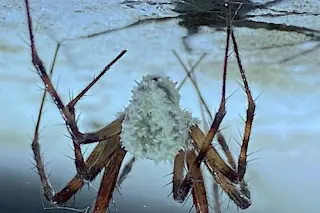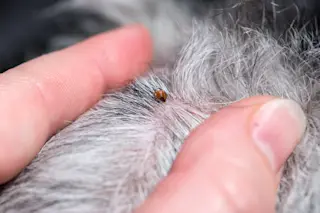Sarah Zhang is Discover's web intern. See her blogging here and here, and follow her on Twitter at @sarahzhang.
Delegates to Indiana's constitutional convention worked under this tree in 1816. It later succumbed to Dutch elm disease.
Unless you have a weakened immune system or a stubborn case of athlete’s foot, it’s unlikely you spend much time worrying about fungi. And you shouldn’t—fungal diseases are not generally a big problem for a healthy person; common ones like athlete’s foot are annoying but not serious. In terms of infections, it's bacteria, parasites, and viruses that kill us. But the rest of nature tells a different story. According to a recent review of fungal diseases
in Nature, fungi are responsible for 72% of the local extinctions of animals and 64% among plants. White nose syndrome
in bats and Dutch elm disease
are two high-profile examples of extremely deadly fungal diseases gaining wider ...













